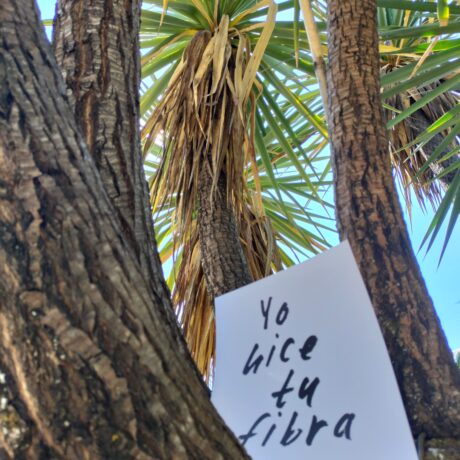Europe in the World: The garment, textiles & fashion industry
As 2015 is the official European Year for Development, we should stop to consider what space the European garment, textile and fashion industry fills in the context of the wider world and the global development agenda.
Europe is home to some of history’s most important textile and fashion inventions and today’s most celebrated manufacturers, innovators and artists. Made in Europe is a label steeped in heritage, unparalleled quality and award-winning craftsmanship. Europe is home to hundreds of leading retailers and brands, internationally acclaimed designers, thousands of talented emerging designers and forward-thinking entrepreneurs, researchers and educators.
Today, the EU textile and clothing sector remains a SMEs based industry. Companies of less than 50 employees account for over 90% of the workforce and produce almost 60% of the value added. Clothing and textiles is also one of the most globalised industries with the chain of production, wholesale and retail of even just one product spanning dozens of stakeholders and many continents.
Europe’s relationship with the fashion industry in the developing world is complex. EU clothing imports increased strongly over each quarter of 2014. Europe now imports about half of the world’s entire clothing production with China manufacturing an estimated 65 percent of the world’s textiles. Other major clothing and textile manufacturing countries and emerging economies include India, Cambodia, Bangladesh and Turkey where farmers and workers commonly make less than a living wage and benefit from very little social protection.
European trade in clothing and textiles has the capacity to positively impact the course of human development across the world. But there is much work to be done to ensure this happens and does so in a way that is empowering, participatory and sustainable for the entire global value chain.
This is what Fashion Revolution Day is all about. On the 24th April of each year, people come together from every continent and corner of the world to challenge the current industry-wide system and to demand that fashion be used as force for good.
The truth is that the relationships along fashion’s long value chain are broken. Consumers don’t know how and where things are made, and producers have effectively become invisible. This opaqueness breeds the conditions that allow disasters to happen and obscures responsibility and accountability when things go wrong — like what happened at Rana Plaza in Bangladesh during 2013, when nearly 1,200 garment workers lost their lives due to bad working conditions.
This way of working also allows environmental catastrophe to persist. According to the Danish Fashion Institute (2013), fashion is the world’s 2nd most polluting industry, second only to oil. 25% of chemicals produced worldwide are used for textiles and the industry is often noted as the number two polluter of clean water – after agriculture.
Another unfortunate side effect of the current model is the loss of time-honoured crafts, culture and skills. Europe has seen the decimation of techniques such as Harris Tweed weaving, haute couture embroidery and specialist leather making over the past several decades.
Fashion Revolution believes in building an industry that values people, the environment, creativity and profit in equal measure. Everywhere — for Europe as much as the rest of world.
The true cost of the current fashion industry business model must not be forgotten: complacency and distraction means unless we stamp our resolve here and now, incidents such as Rana Plaza will be dismissed as an unfortunate reality of contemporary life.
It doesn’t have to be this way forever. Fashion Revolution believes that we should start by making the industry more transparent, so that collectively we can see and begin to understand how it truly works. And only then can we begin to fashion a new way of working. It’s like tackling addiction. The key to overcoming is to start by looking at and being honest about the scale of the problem.
As we enter the EU’s Year of Development, the time is now to consider how we can legislate a cleaner, fairer, more sustainable future for the fashion industry within Europe and with those who we trade in clothing and textiles.
Photo credit: Parisian/Vietnamese brand Linda Mai Phung










